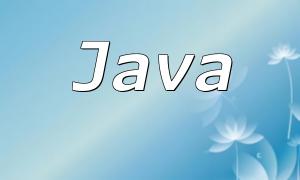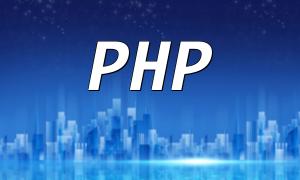In today's internet era, PHP applications in a Linux environment have become the go-to choice for many developers. PHP is favored for its open-source nature and broad community support. This article will explore how to deploy and optimize PHP applications in a Linux environment to help developers improve performance and security.
Before deploying a PHP application, selecting the right Linux distribution is crucial. Common distributions include Ubuntu, CentOS, and Debian, each with its unique advantages. Developers can choose based on project requirements and personal preferences.
Installing PHP on Linux is quite straightforward. Most distributions offer package management tools to install PHP. Below is an example command for installing PHP on an Ubuntu system:
Once installed, you will need to perform some basic configurations and enable necessary extensions to ensure PHP runs smoothly on the web server.
Performance optimization is a crucial aspect for any PHP application. Here are some common performance improvement measures:
Many PHP applications depend on databases such as MySQL or PostgreSQL. Database performance optimization is just as important. Here are some optimization recommendations:
When deploying PHP applications in a Linux environment, security is always a top priority for developers. Here are some security measures to implement:
Whether it's performance optimization or security protection, good practices are essential when developing and deploying PHP applications in a Linux environment. The optimization tips and security measures in this article will help developers create more efficient and secure PHP applications. Through continuous learning and practice, we can build more stable and high-quality web applications.








